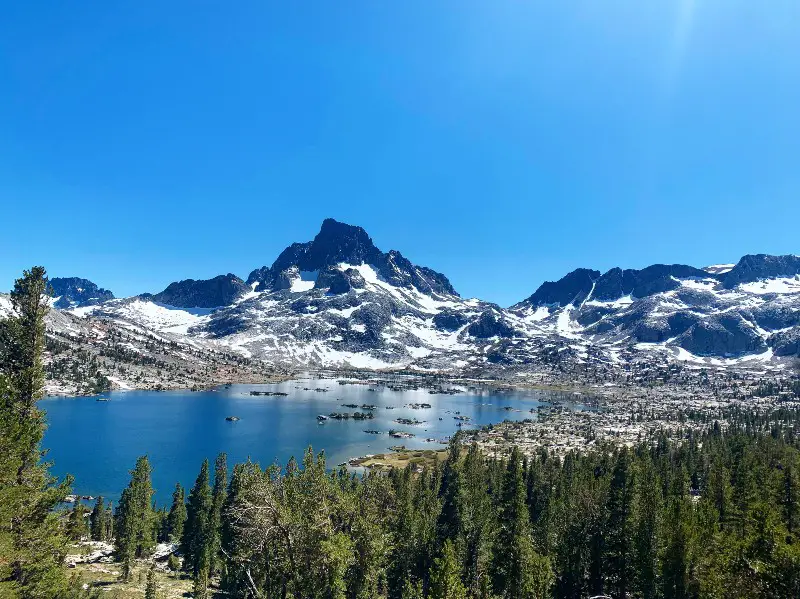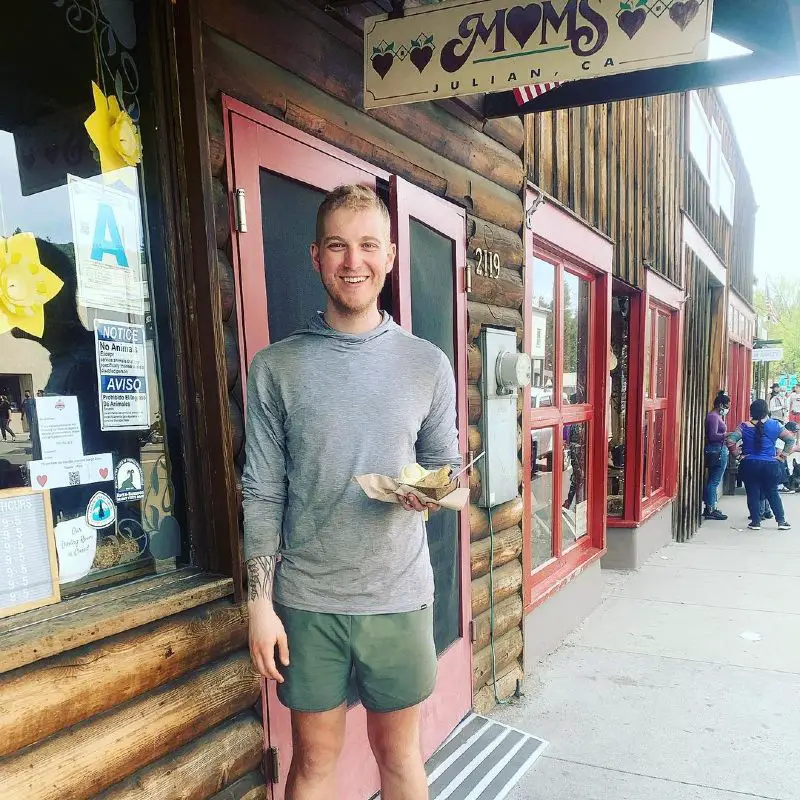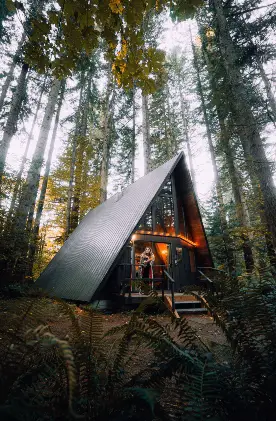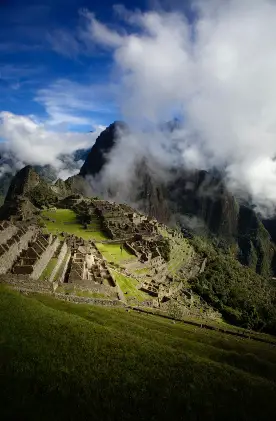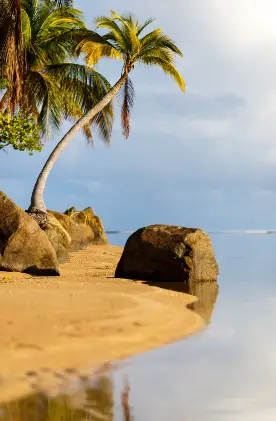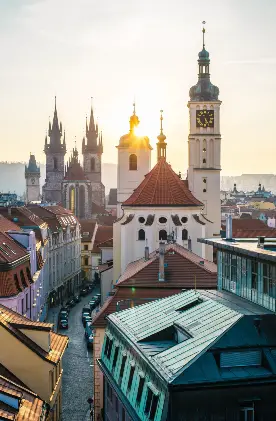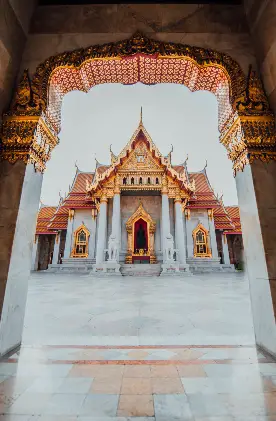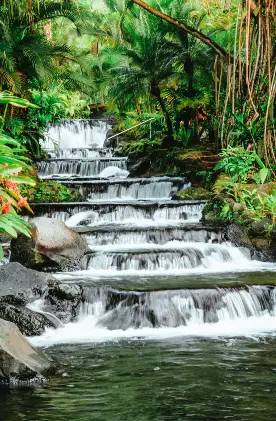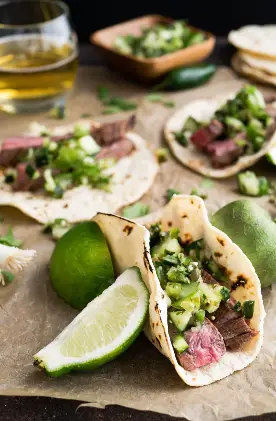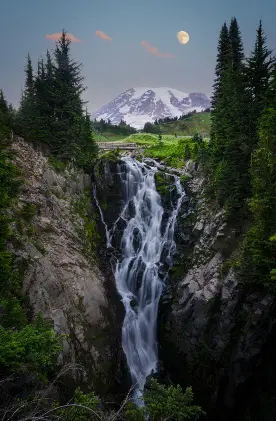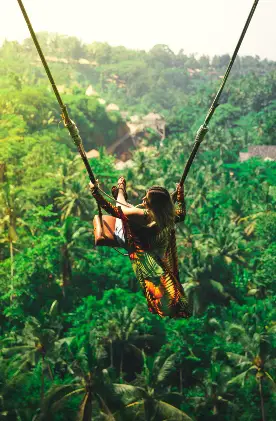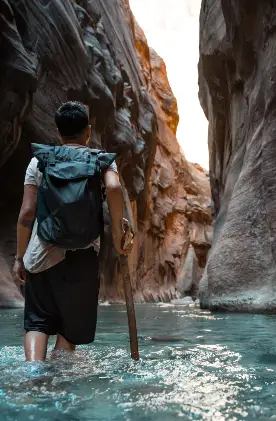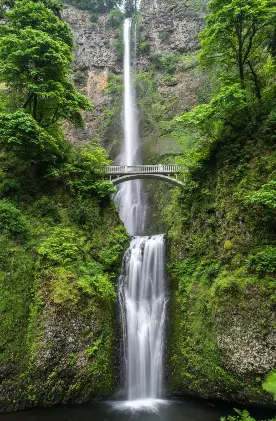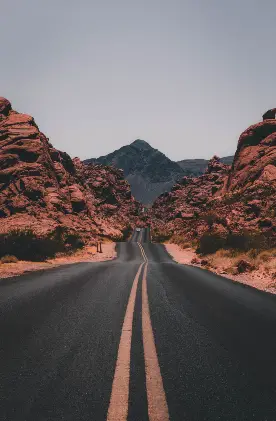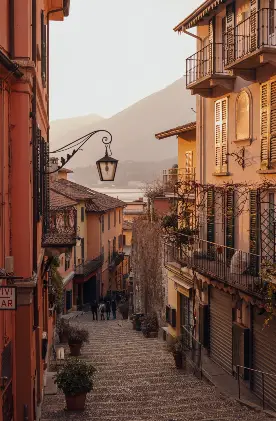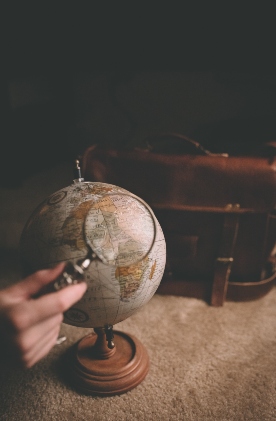Welcome to my article on the Pacific Crest Trail! My name is Nick Knebel and I grew up in Southeastern Wisconsin, in suburbia – a small town I was dispassionate about from the jump. Back then my animosity toward it stemmed from what I viewed as a lack of adventure and opportunity.
It felt like a stagnant place, where peoples’ chief concern was with how nice their lawn looked. And there was certainly some of that, but as with any child, I saw what I wanted to see. There was, however, a single bike path that bordered the suburb my home found itself in, and I walked it often.
I was never an outdoorsy kid, but I definitely think about the many “adventures” (heavy on the air quotes) I would take as a kid walking the bike path and exploring the surrounding “forests” (read: thin trees bordering different fields of farmland) as a kid and how that was probably the precursor to outdoor adventuring, hiking, and maybe even the PCT.
But I found my adventure in a different way before I found the PCT or backpacking trips. When I was 22, I had had enough of my hometown, and with a brash arrogance that assumed everything would work itself out, I packed my bags and moved to New York City with my best friend.
At the time I was jobless, apartment-less (we’d figure that out soon), and knowing no one else. I would spend the next seven years adventuring in the city of my dreams and building my life before leaving it all behind.
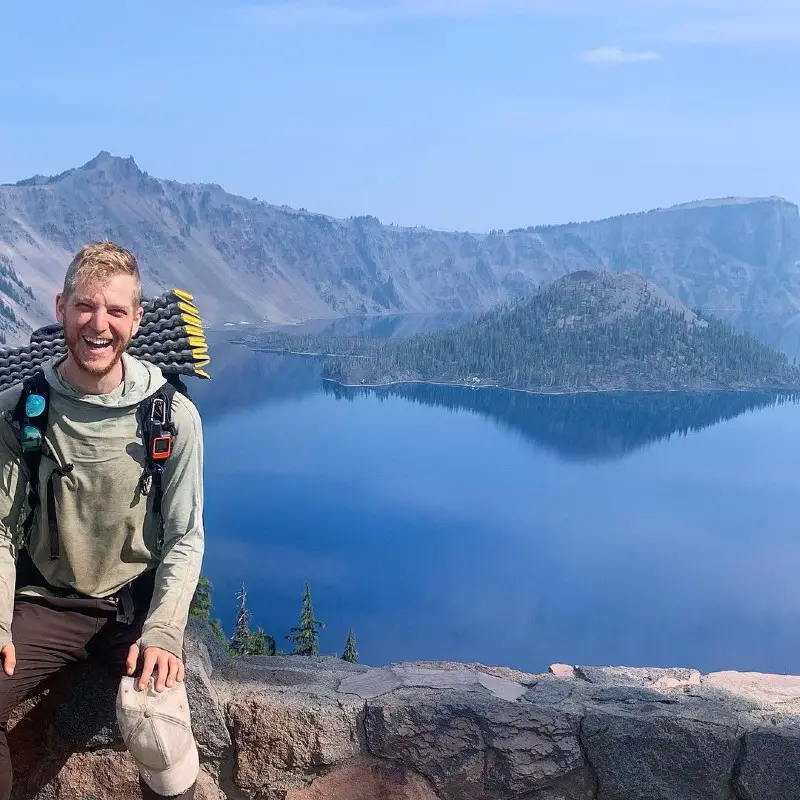
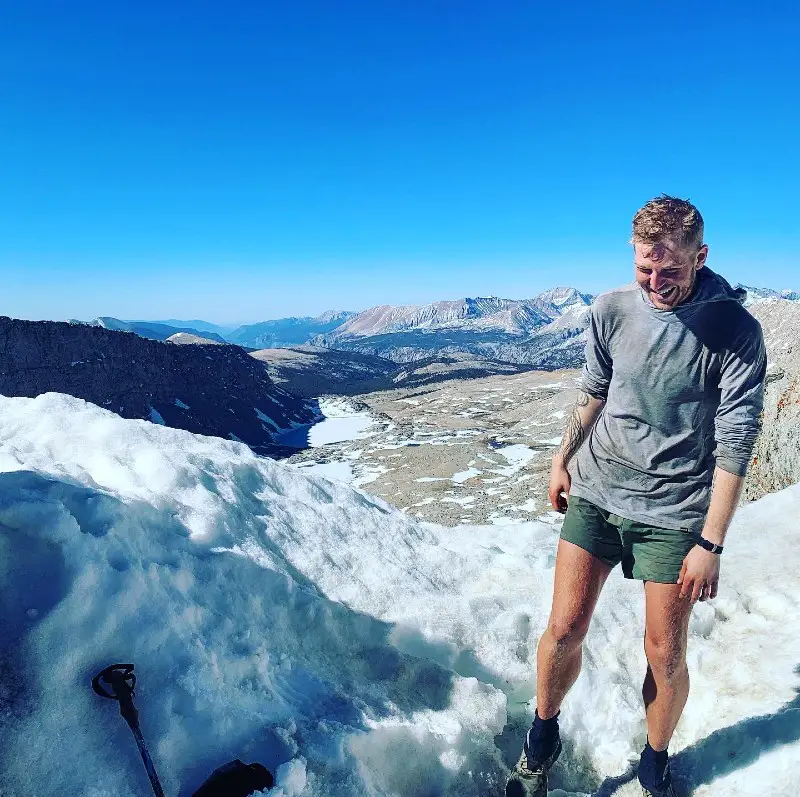
Inspiration to Take on the Pacific Crest Trail
There are a handful of previous PCT hikers who inspired my hike. I fell down the rabbit hole of following PCT hikers on social media, and then shortly after that, I opened the information flood gates. I’m sure many people who have hiked or dreamt of hiking this trail (or any adventure that requires a similar sacrifice) know this one well: it starts with a Google search.
The next thing you know, eight hours have passed and you haven’t moved from the cocoon of blankets you’re wrapped under, staring at the glowing light of your laptop unblinking while you take in the next blog post or YouTube video or article about whatever it is. And the sheer volume of questions when researching the PCT can be overwhelming.
Who are Scout and Frodo? How do I get water on the trail? Should I carry a weapon? (answer: no) How long will it take? What shoes should I wear? What gear do I need?
And then after a week or two, in the span of ten minutes on a random afternoon, I decided I was going to hike the trail. And I decided to do it in 2020. Obviously that didn’t work out – nine days before I was scheduled to fly to California (tickets bought, possessions boxed into storage, apartment given up, jobs quit), the world shut down due to the pandemic.
But I wasn’t going to give up on my dream. I committed to hiking in 2021 then and there, and I told myself I would figure out the year ahead as it unfolded. And when I did finally finish the PCT – on September 4, 2021 – it was overwhelmingly joyous. It was a dream come true for sure.
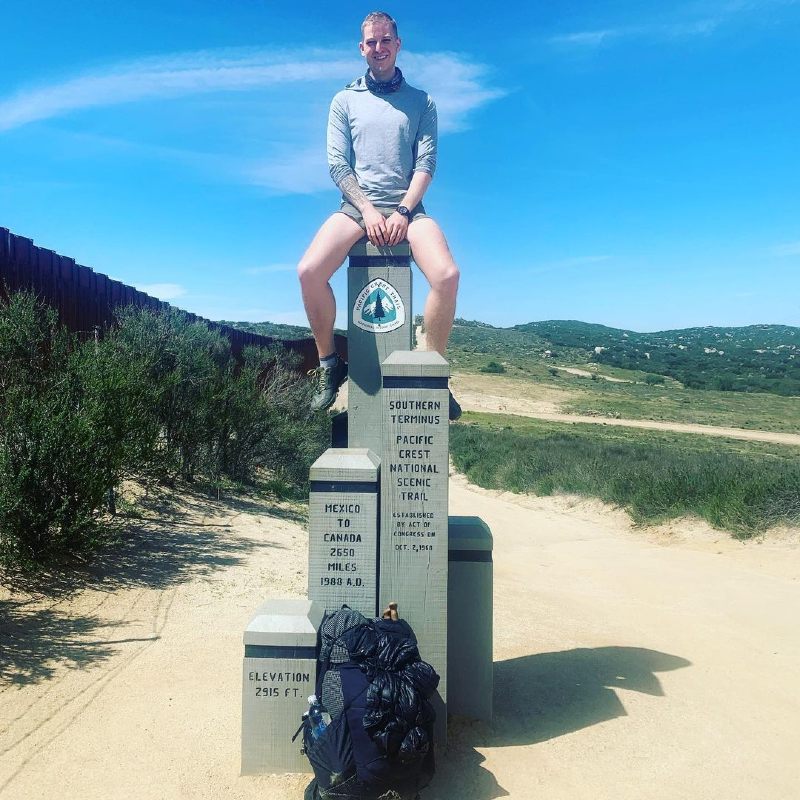
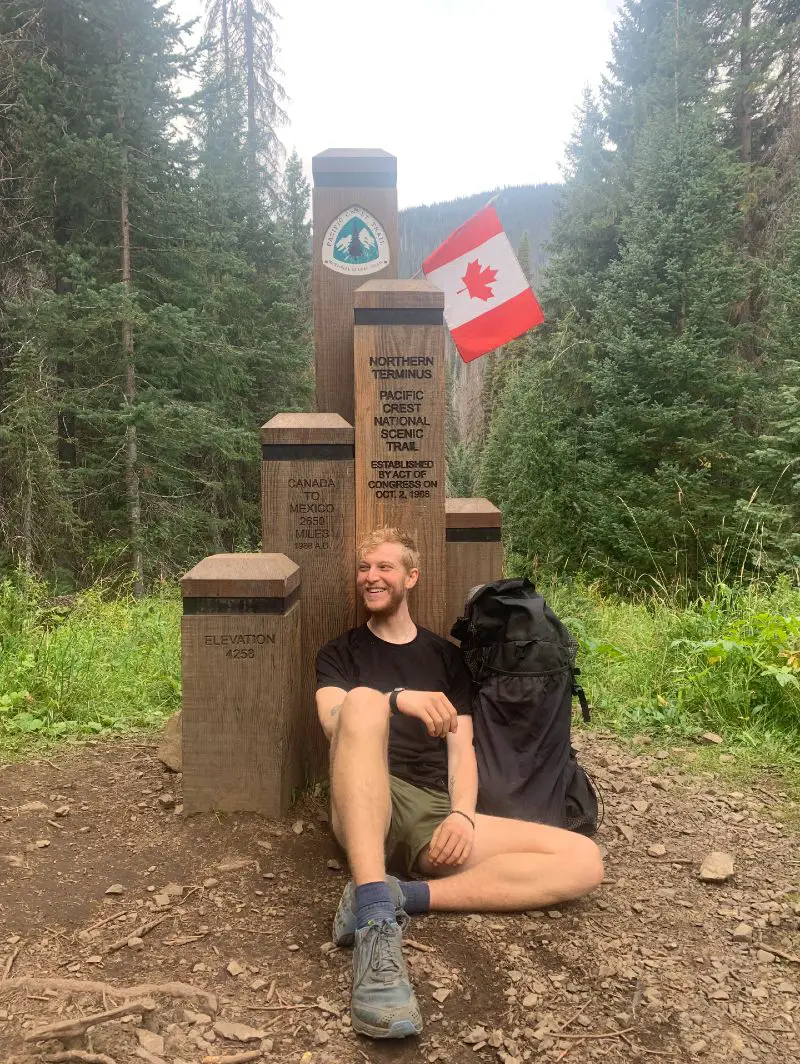
What it Takes to Complete the PCT
Everyone has different PCT experiences. I love backpacking, but my bread and butter is four to five day trips. That was what I knew and loved pre-PCT. I had never done a longer trip and while I knew this would be different, I couldn’t know how starkly different the two trip lengths would be.
The mental stamina to do something that rigorous for five months is what separates the two, beyond the obvious fact that one trip is five days and one is five months. I describe the PCT as both the most difficult and the most joyous thing I have ever done, and I don’t regret it for a second.
That said, I do not think I will ever do another trail over a thousand miles. Make no mistake: the Pacific Crest Trail is the stuff dreams are made of, but it will also eventually turn into a sort of job. You have to get up and hike every day whether you want to or not (unless you’re in town of course), and there will be days where you really don’t want to be out there anymore.
Add to that the physical toll of a thru-hike and I think I’m finished on long trails. Something that helped me on those days – when you didn’t want to be out there – was reminding myself that if I remain patient, eventually everything changes. Whatever bad mood or weather or whatever I was experiencing, I knew it would pass, if not always when I wanted.
But it does take a certain type of person to finish. You don’t have to be the most athletic or most skilled, you simply have to be the most stubborn. You have to want it more than the pain, more than the sore feet that feel like they’ll fall off if you take one more step, more than the days where it doesn’t stop raining for hours and you rip a hole in your tent, more than anything.
And if you do, if you have that sort of, I don’t know, that sort of singular focus? Then you’ll finish. That’s the thing about long trails, thru-hikes, whatever you want to call it. Anyone can walk 20-30 miles a day for five to six months. But not everyone has the will or even the desire to do so.
So I’ll say this: the Pacific Crest Trail probably isn’t for everyone. But if the idea of it, the adventure of it, if that lights your soul on fire? Then it should be on your bucket list because it is the best adventure I’ve ever had. Backpacking the Pacific Crest Trail is the stuff dreams are made of.
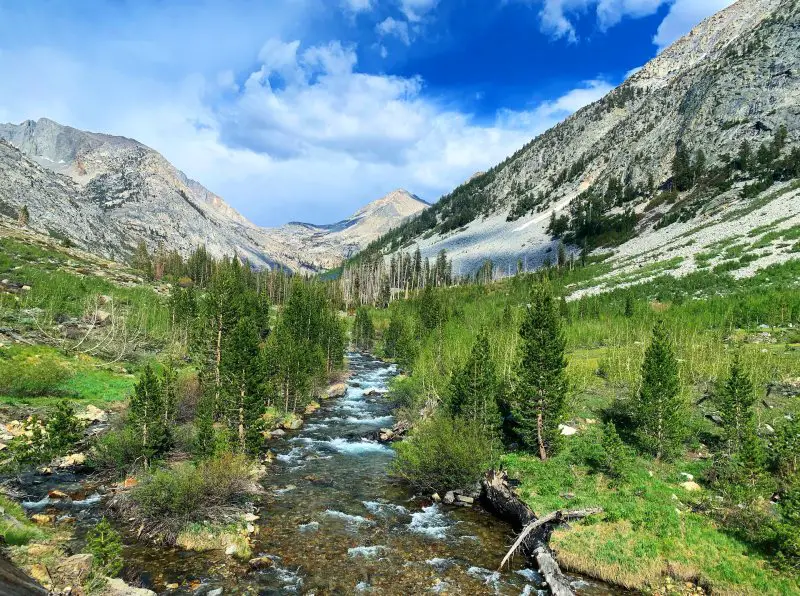
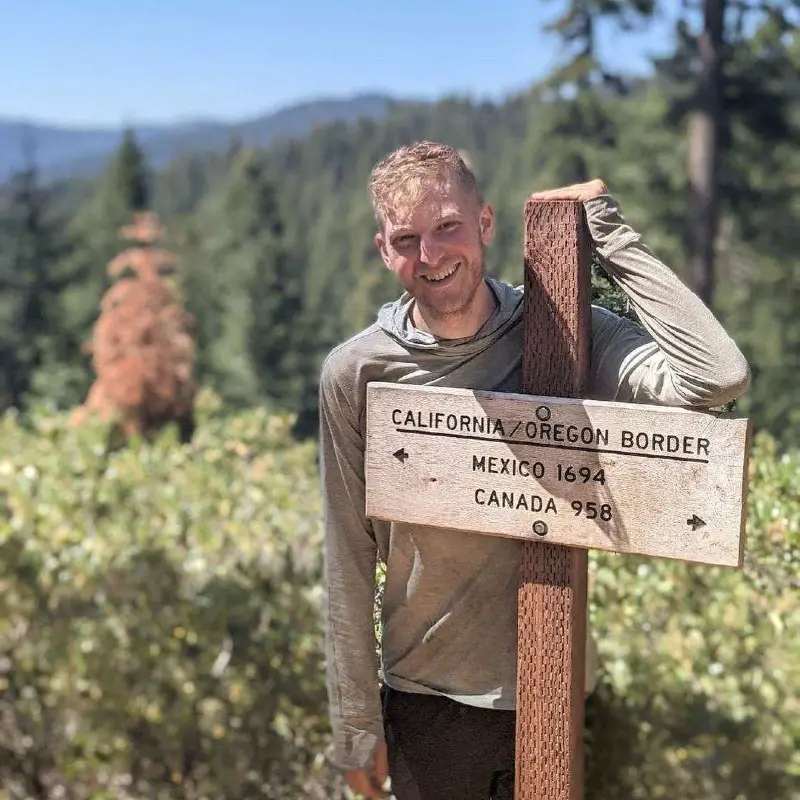
Hiking the Pacific Crest Trail Northbound
I did the NOBO (northbound) PCT thru-hike. I started at the US/Mexican border in Campo, California and walked north through California, Oregon, and Washington to eventually end at the US/Canadian border about eighty miles north of a very tiny town in Washington called Stehekin.
It was 2,653 miles in total, though I missed about 8% of those miles due to fire closures, skipping around tiny sections for things like injuries, easier food access, etc. There are over 80 different places to stop and get a resupply of food and other necessities, though I would wager not a single hiker ever stops (or will ever stop) at them all in a single thru-hike.
You pick which towns/lake resorts you want to go to based on a variety of factors. Perhaps the app/map you use suggests that town x has better resources/lodging than town y, or your friends have been hyping up town z.
Regardless, every hiker has different strategies. Some plan their itineraries long before they step foot on trail by putting together dozens of resupply boxes filled with food that they then have a friend or family member mail to them along the trail at specified towns or stops along the way.
Many others, myself included, planned more loosely. I would figure out my next stop when I was in my current one. I would pick a town based on any number of factors, figure out how many days to get there, and get the food I wanted from the town I was in then to last until the next one.
It was nice having that flexibility because oftentimes plans would change within an hour of being made. Some of my favorite trail towns along the way were Bishop, California and Bend, Oregon. Bishop is a nice spot for hikers to take a few days off and relax. It’s worth it too, as Bishop is fairly difficult to reach in terms of how much you have to do just to get there.
You climb over a mountain that isn’t on the PCT (Kearsarge Pass) and then you have to hitch from Independence to Bishop. The hostels are incredible and the town is so hiker-friendly. Bend has much more of a city feel to it, but is still incredibly friendly to hikers. While expensive, it was so much fun and is an amazing place to visit whether you’re on the PCT or not.
As for highlights on the trail, most hikers choose to summit Mt. Whitney, which while technically not on the PCT is so close to the trail that the PCT permit allows you to summit and spend one night at a designated area for camping (otherwise you’d have to secure a separate Mt. Whitney permit).
Many hikers also choose to summit Mt. Jacinto, which the PCT is already on, though the summit is a short two mile side trail from the official trail. There are dozens of different side trails and alpine lakes one could choose from while in the high Sierra Mountains section, and a few more like that in Washington. The options are endless along the way.
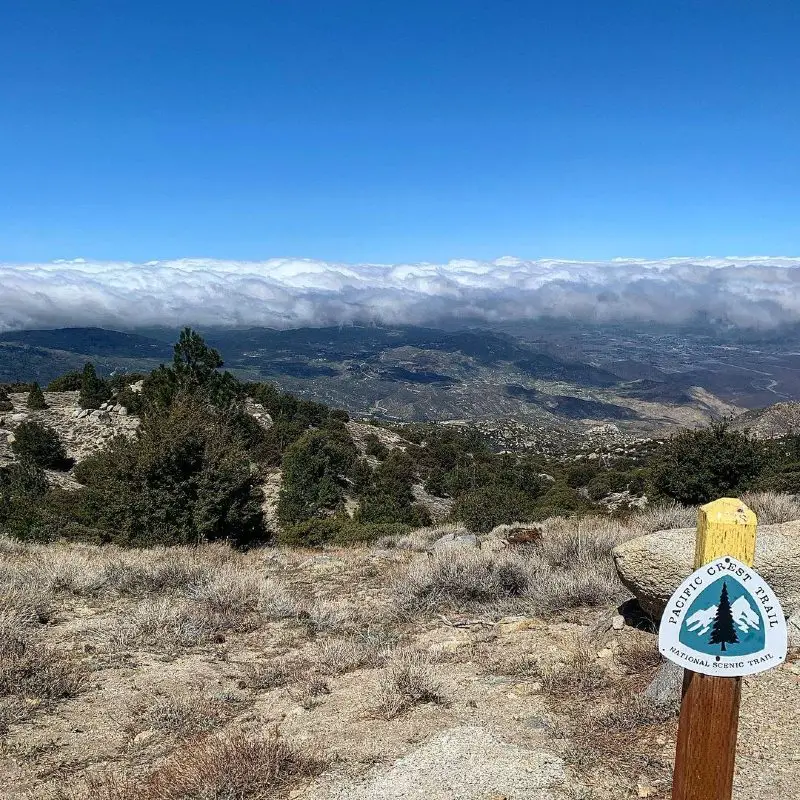
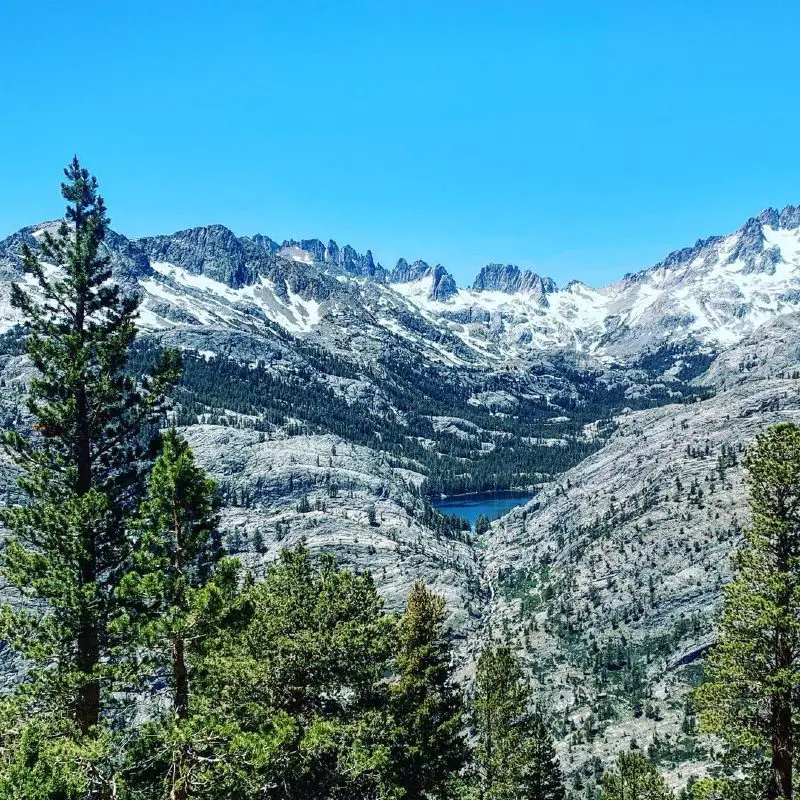
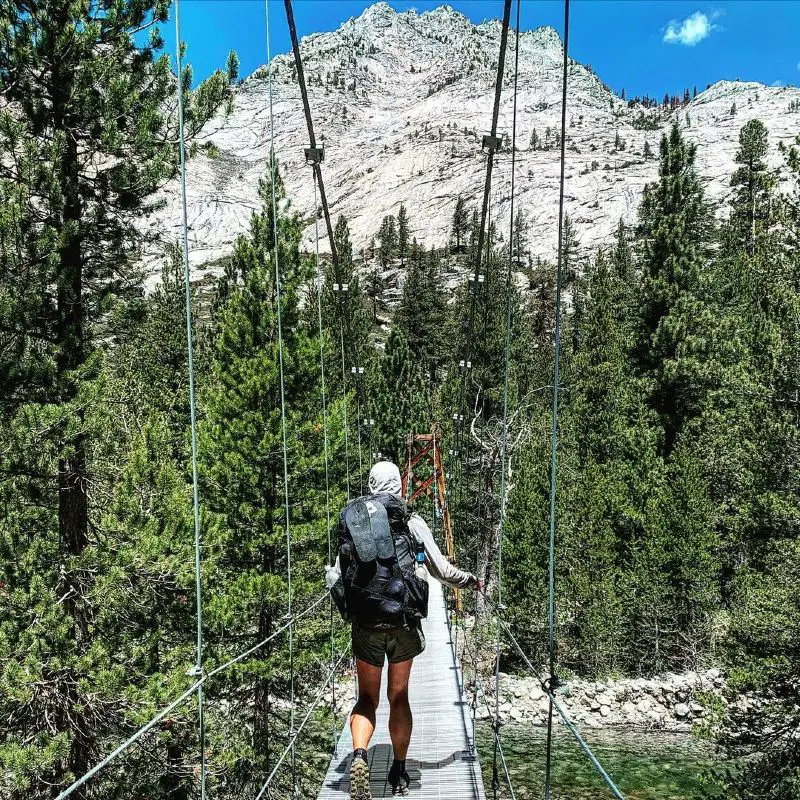
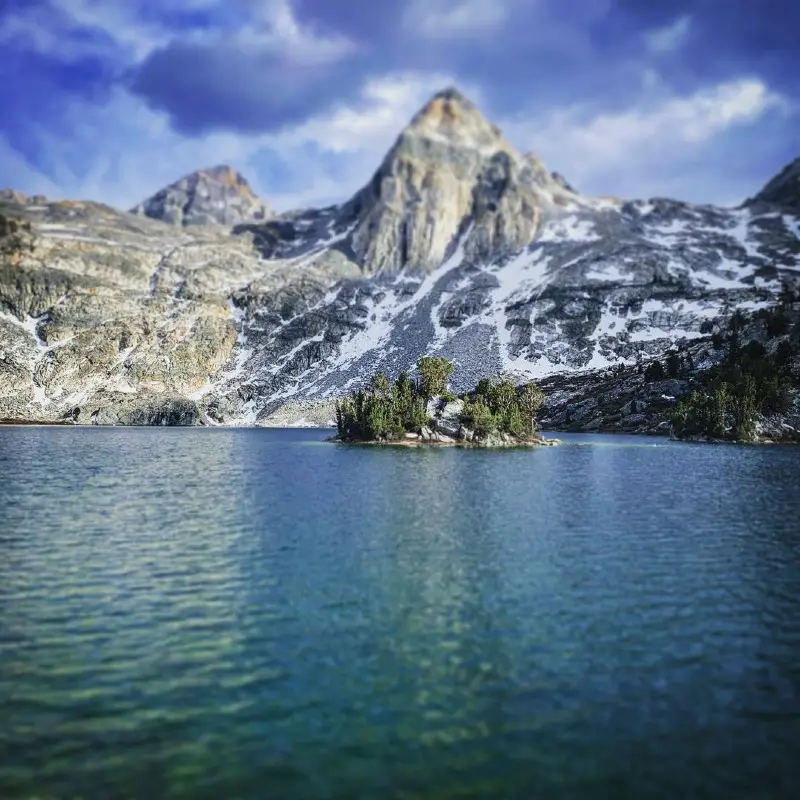
My Hiking Mileage & Routine Each Day
My hiking mileage per day always varied. I started slow, determined not to sustain an overuse injury in that first month. It took me 43 days to get to Kennedy Meadows South, which is the end of the 702 mile desert section.
I walked anywhere from 10-18 miles a day during that time, with much lower miles in the first week (almost always 10-12). This number increased as time went on: in Oregon I walked a few 30 mile days in a row. My biggest mileage day on the trail was 35 miles, and my lowest was 3. At the end my average was 22-25 miles a day, though I preferred to be closer to 22.
In the beginning it was so relaxed. My friends and I would often just walk until we felt like stopping, or found a campsite that we liked and offered enough space for the number of bodies we had in a group on any given day. I loved the freedom of that, and it was something I would miss.
Later, of course, it became more structured. In the desert there is a town every two days (literally) and it becomes so easy to just wing it and never run out of food. But when towns get more sparse, you have to be more precise. If there is 122 miles of trail between town A and B, I know it’ll take me five days of hard hiking to get there, six if I want a little wiggle room.
I’d love to take it easy and walk 20 miles a day but six days of food is heavy! Can we do it in five? What if we do it in four and a half? How many miles per day? Are there campsites at the miles we’re trying to hit every day?
It turns into a lot of planning, which (for me at least) helped contribute to that feeling of it sometimes being like a job. Wake up, hike x miles in order to not run out of food before town B, sleep. Wash, rinse, repeat.
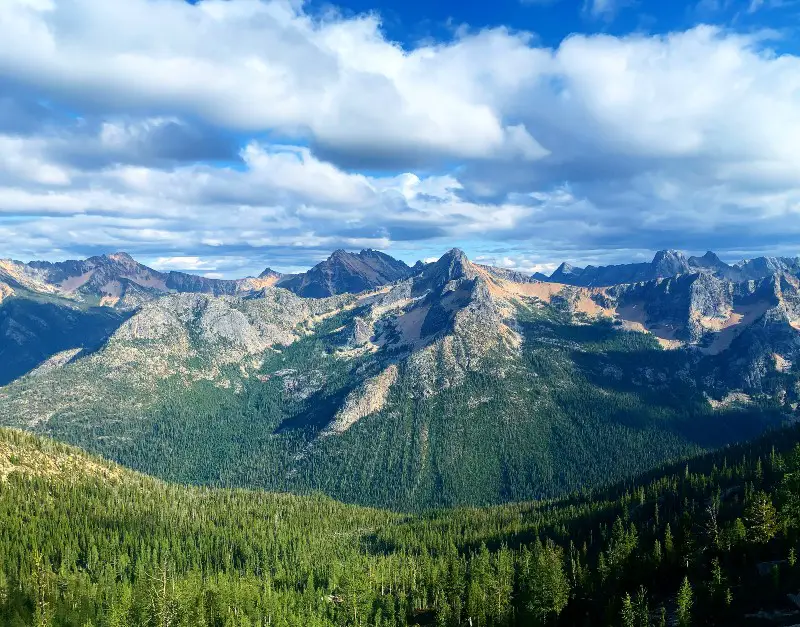
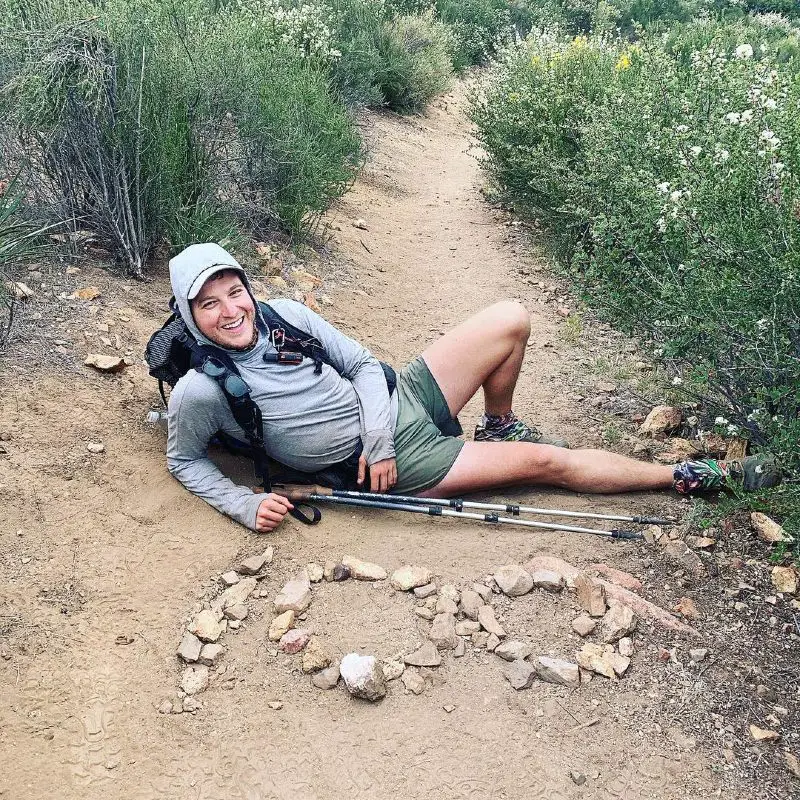
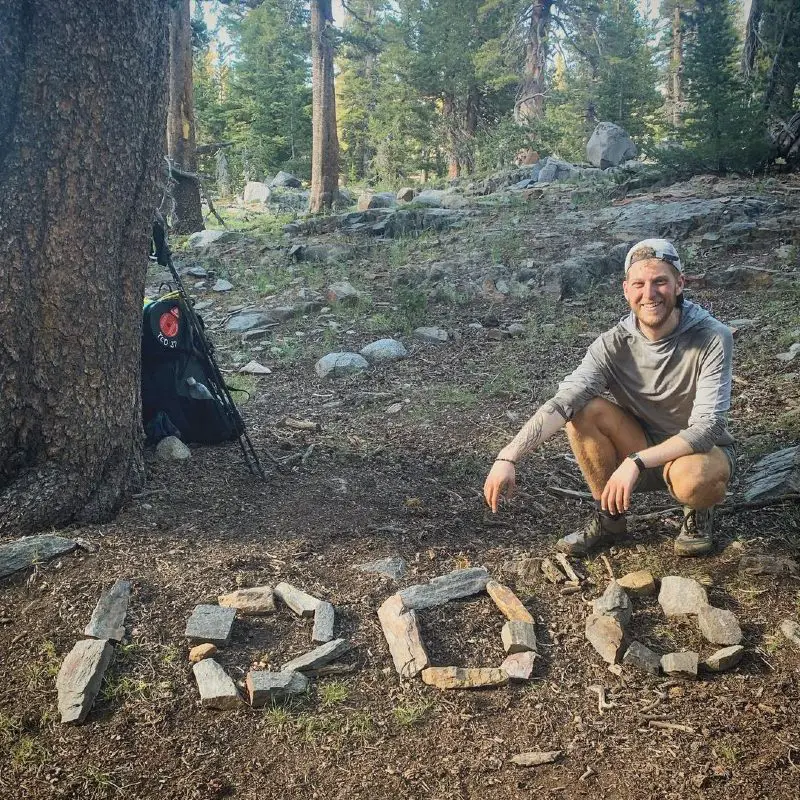
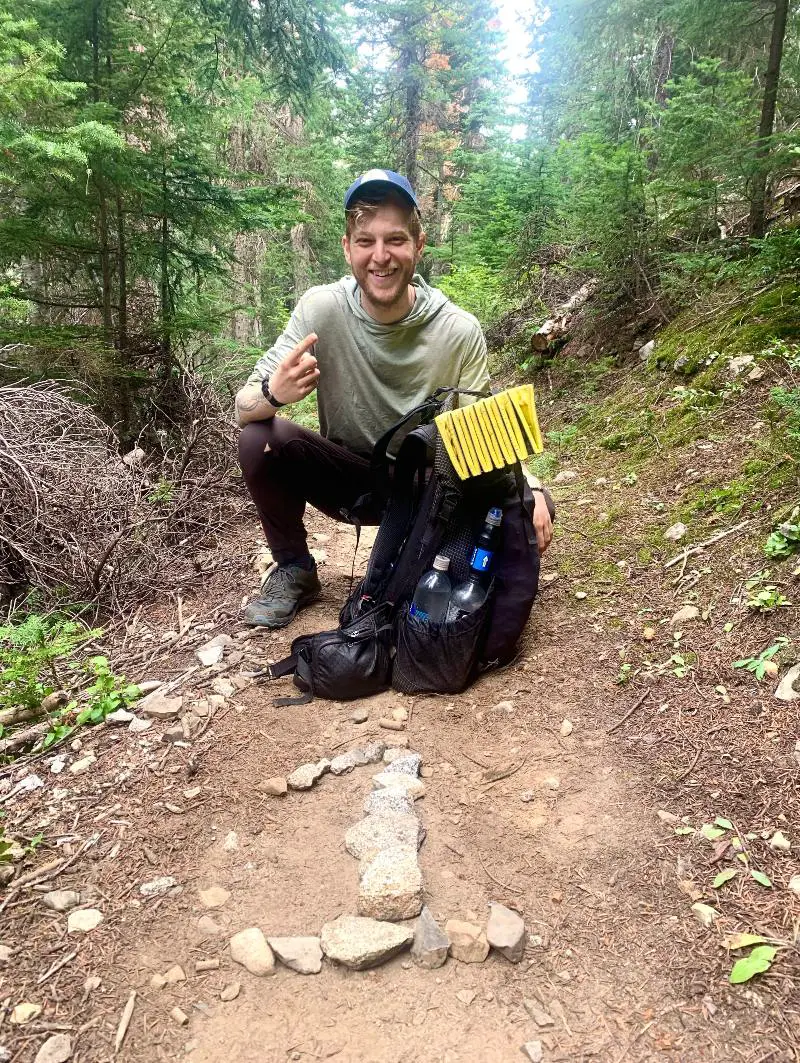
Top 3 Destinations on the Pacific Crest Trail
1. Goat Rocks Wilderness: Knife’s Edge
Those two days changed my life. The most breathtaking thing I’ve ever seen. And if I may make a recommendation? If you’re planning to hike that section, whether as part of a thru-hike or a two day trip, don’t google it. Don’t look at any pictures of the place. Instead, try to save it for seeing it in person for the first time, because I literally wept from the beauty!
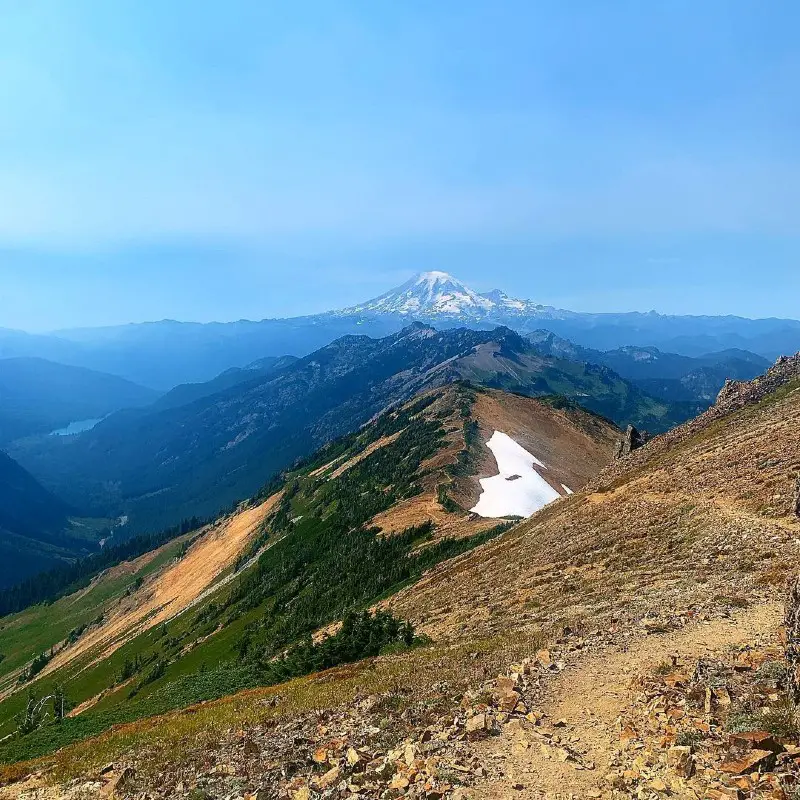
2. Kennedy Meadows South to Bishop, California
The week from Kennedy Meadows South (the end of the desert section and the start of the Sierras) to Bishop (the first real trail town you encounter in the Sierras) is stunning. Wow is all I can say about that week.
3. NorCal for its Towns, Lakes & Ridgelines
Northern California gets a lot of hate but I loved a lot of it. There were cute little Western style towns that you would probably never get the chance to experience if not for being on a thru-hike, dozens and dozens of awesome lakes to swim in, and some truly beautiful views off exposed ridgelines.
Overnight Stays on the Pacific Crest Trail
It gets expensive to stay in hotels or lodges all the time. I tried to stay in hostels if one was available – that was true for most hikers. Of course there are some towns where there just aren’t any affordable options.
Mt. Shasta, a tourist town on steroids, comes to mind. In those instances, you do your best to split a room. In that town, I stayed with friends (two queen beds for all four of us) and that saved us a ton of money.
It took me 153 days to finish the PCT and about thirty of those nights I spent in a real bed of some sort, which I suspect is a much higher number than many of my peers. But when on trail I always pitched my tent.
It’s an unpopular opinion with thru-hikers but I don’t enjoy cowboy camping (sleeping on your pad, on top of your groundsheet without a tent). I paid for this tent, carrying the weight of it, why wouldn’t I use it?
Best Experience/Memory on the PCT
There are too many special memories on the Pacific Crest Trail to even consider picking a single favorite. Besides Goat Rocks Wilderness and Knife’s Edge, which I mentioned up above and which I was also alone for, every single one of my incredible memories comes from being surrounded by people I came to call friends, and who I came to love, on that trail.
My friends Rabbit, Food Processor, and A.M. Drive (my trail name is Stilts, in case you wondered), and I stayed up all night in front of Paradise Valley Cafe (a transcendent eating experience for me on the trail if there ever was one) playing cards and laughing and having the best time ever, surrounded by other friends (Buttshot and Dash) well into the night.
That day was epic. We got to the restaurant (a two mile walk off trail, and the only civilization for an 80 mile stretch of wilderness) midday, sat around a big table together, and just gorged ourselves on the most delicious food. That was the day I met two other hikers who would become family to me: Speed Limit (who generously bought everyone’s lunch!) and Swifty.
It was just a stunning moment of joy after stunning moment of joy. It was the simple things – a milkshake after being in the desert for three days, the laugh of a friend, the novelty of not hiking – that made that day special.
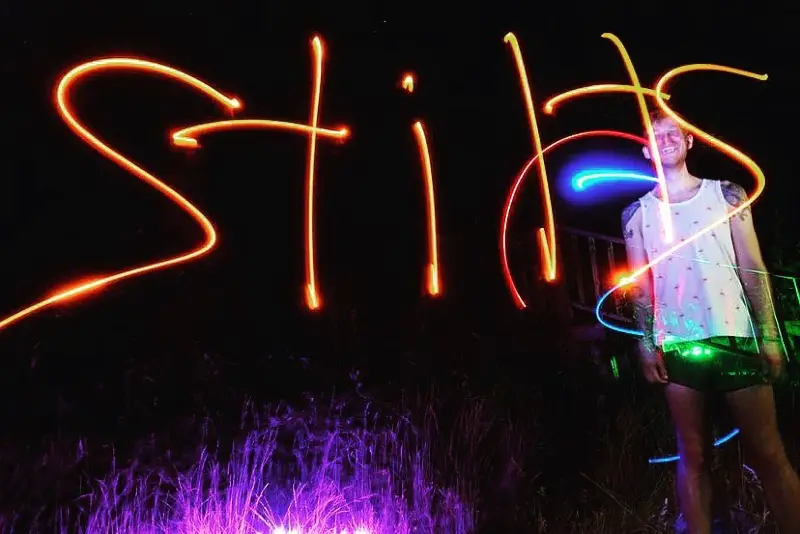
How to Prepare for the Pacific Crest Trail
A lot of articles about the PCT for potential future hikers will say you don’t have to train. That the desert is the perfect training ground, you can get your trail legs on trail, etc. And while I agree that it is impossible to prepare your body 100% for a thru-hike without thru-hiking, just because you can’t get to 100% readiness doesn’t mean you shouldn’t do anything.
I went on 10 mile walks around Manhattan every other day for weeks before I started the trail. And I tried to hit trails nearby as often as I could between work and social life. I know a woman on the trail who would take her fully loaded pack to the gym and do the stairmaster with it on her back. Anything you can do to get in shape before is going to help.
And if you do nothing and assume the desert will be a “flat” training ground? I know a ton of people who took this approach who were plagued with blisters and foot/ankle problems in the first two weeks as a result.
As for buying the right gear, my advice is to invest in the quality stuff the first time so you don’t have to buy gear twice. I made this mistake. I bought a 4lb $100 backpack in 2019 thinking it would suffice. I learned through trips and shakedowns why it was a bad idea, and then I bought a $220 one.
But from a certain point of view, my backpack cost me $320 because I had to buy the cheap stuff to learn that it wasn’t right for a thru-hike before buying the good stuff. Buy your gear once, buy the expensive gear, and buy the light gear so you don’t regret it later. It will work out cheaper that way.
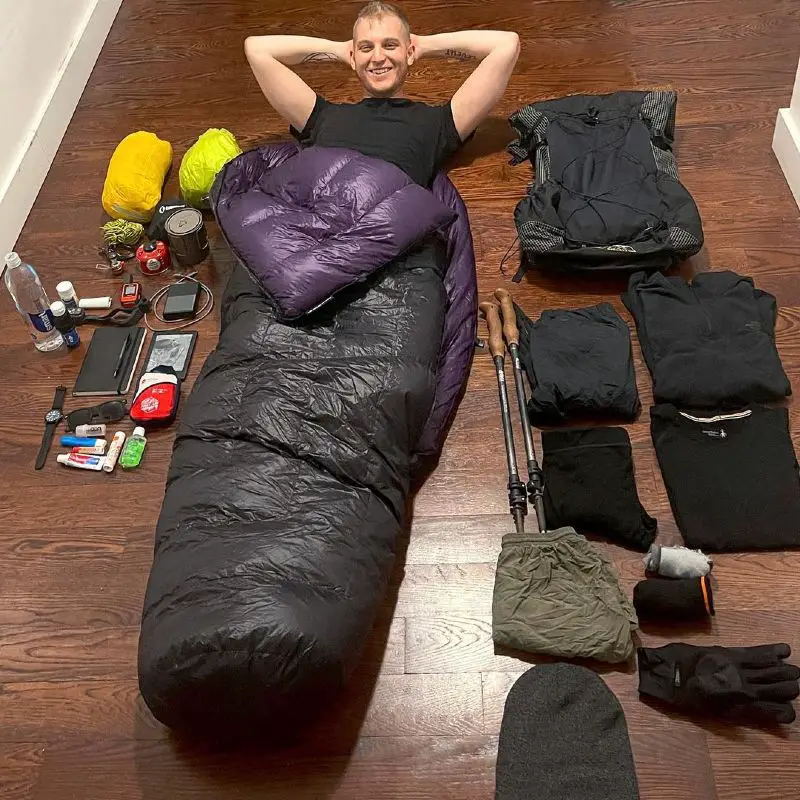
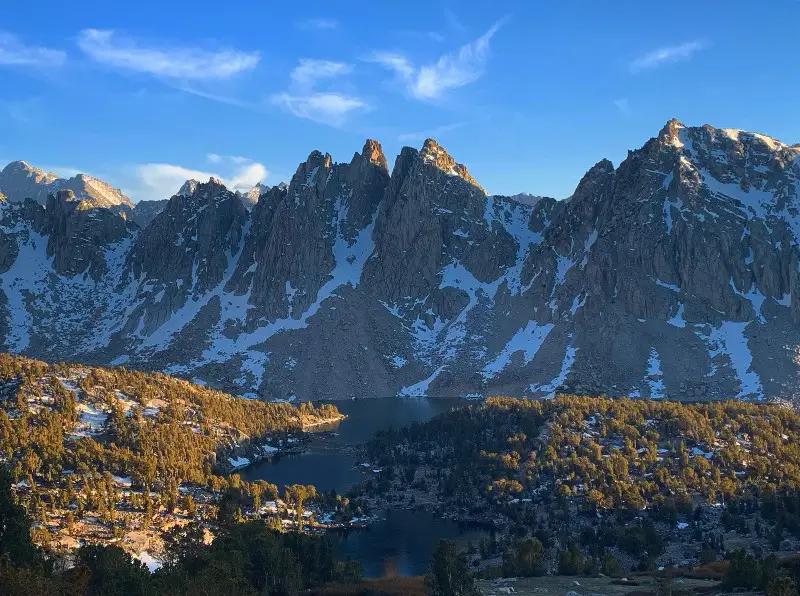
Need to Know Before you Go
It’s 70% mental and 30% physical. I recommend being reasonably fit, but you don’t have to be an incredibly athletic person to finish the trail. I mentioned it above – anyone can walk this trail, but not everyone has the will or the want to do so. If you have the will though, you can do it.
Other general advice for hiking the world famous PCT: never quit on a bad day, a rainy day, or a day you sustained a minor injury. The desert is like freshman year of high school: make friends and prioritize slowing down.
Take a TON of breaks in those first 20 days. Just because you feel like you can walk 20 miles, unless you have previous thru-hiking experience, don’t. Protect yourself from overuse injury at all costs. Don’t miss Julian, California and free pie from Mom’s (you’re a fool if you skip this town).
Finally, remember that not all the days and moments are going to be dreamlike. In fact a majority of them probably won’t be. But give yourself the grace to fully indulge in the ones that are dreamlike – in the moments that take your breath away, the ones that make your heart skip a beat. Because the Pacific Crest Trail is the stuff that dreams are made of!
